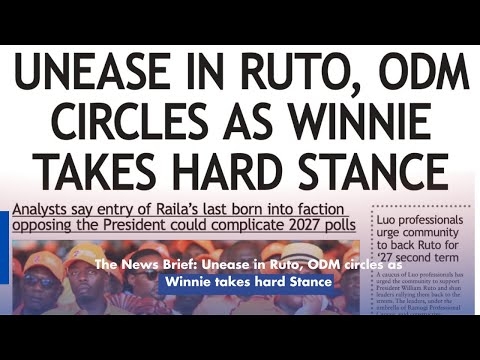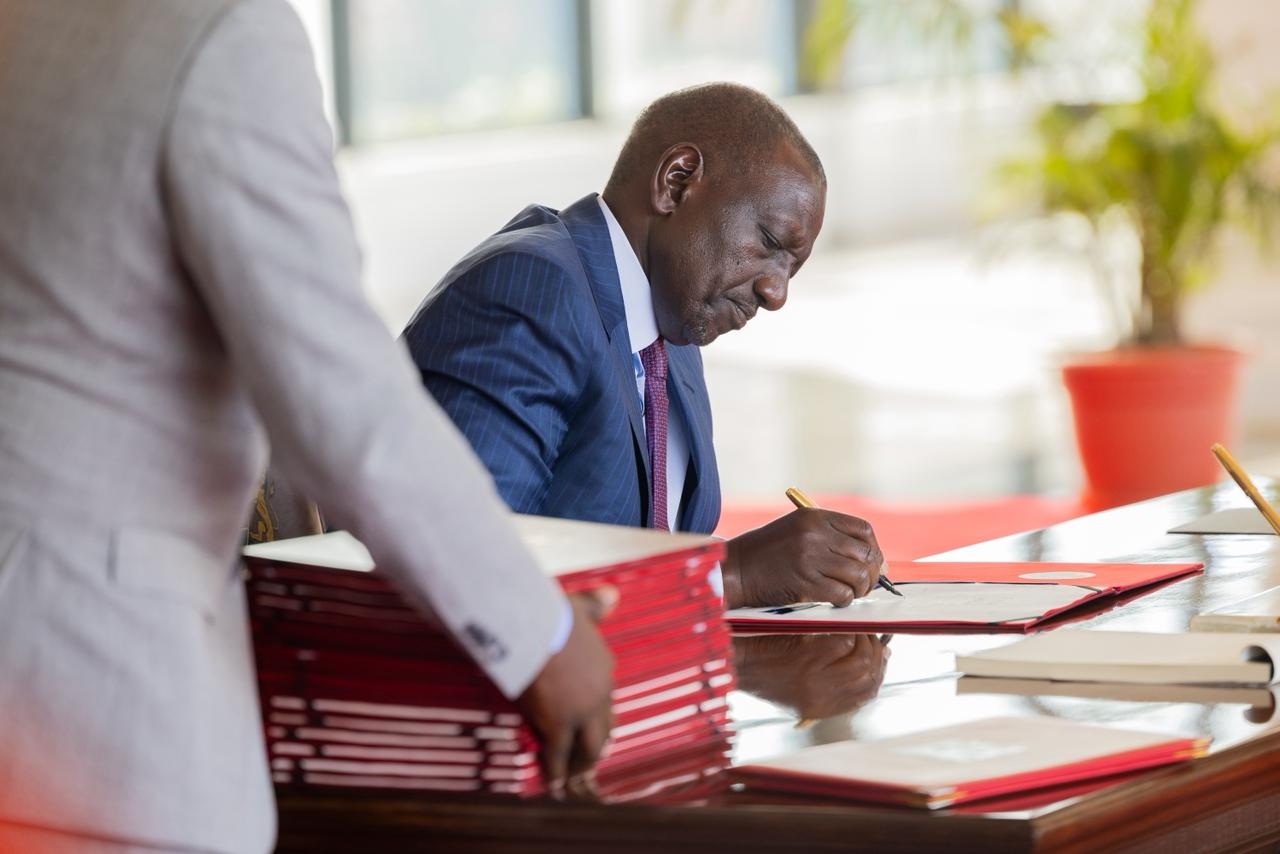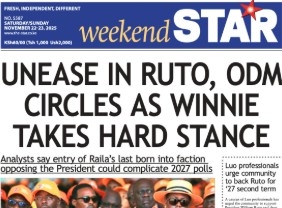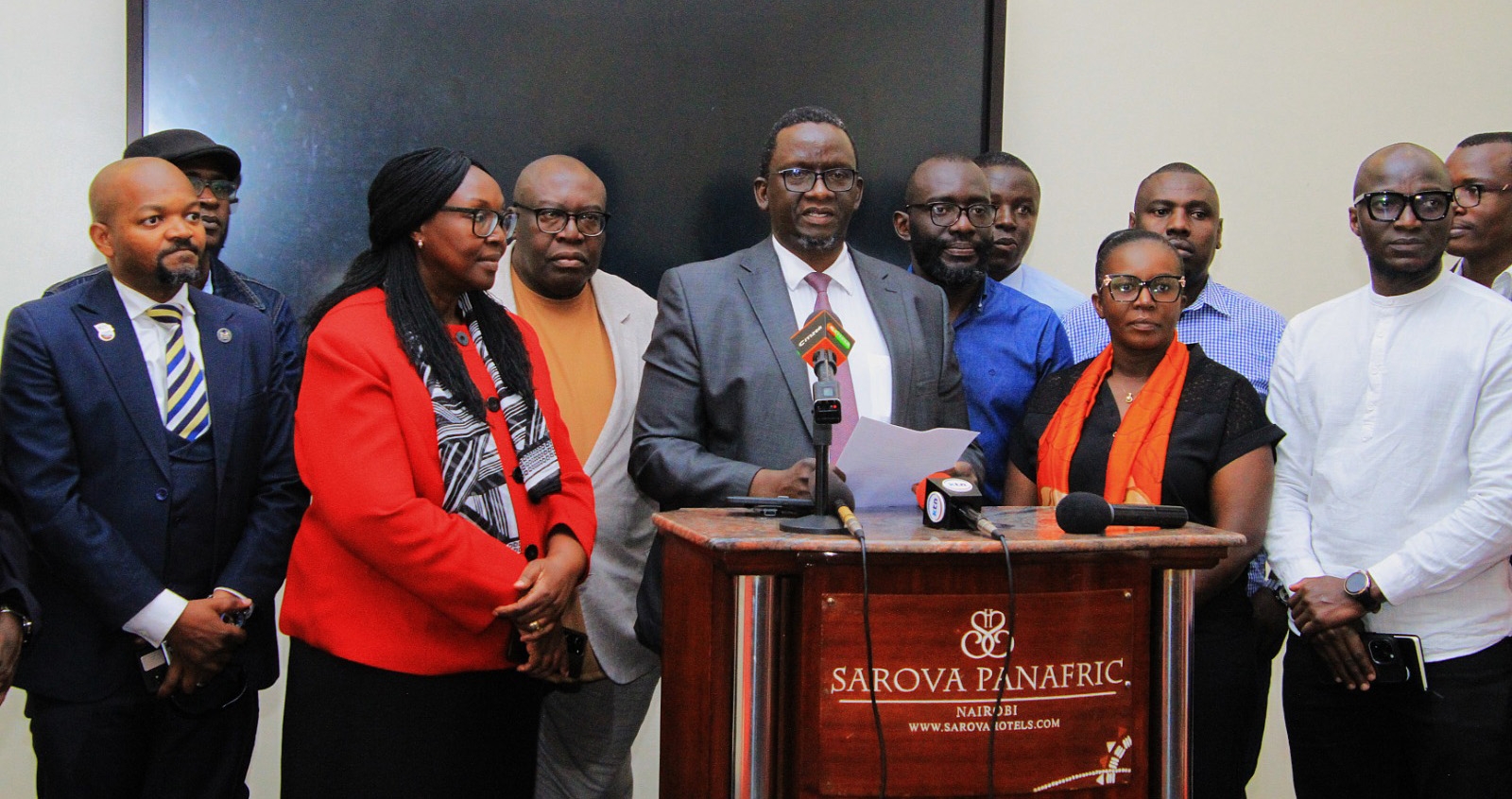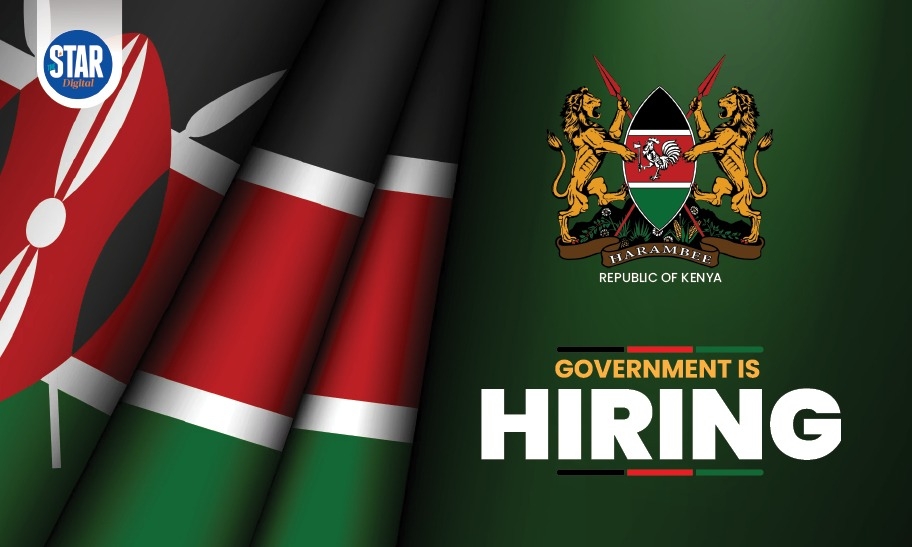KPA, KRA, Kebs and Mombasa port health officials were at pains on Wednesday to explain how sugar, which is in the market, ended up contaminated with metals.
Government officials have given contradictory reports on claims some of the sugar on the market contains copper, mercury and lead.
Also read:
Mumba Tsuma, a port health official who addressed the joint Trade and Agriculture Committees of the National Assembly, said they wrote to importers raising concerns about how the commodity was being handled.
The letter was also sent to KPA's then Managing Director Catherine Mturi-Wairi.
It stated that the KRA office within the port and Container Freight Stations had asked
why sugar was being transported from the port without repackaging for health checks as required.
This is said to have been the case between May and August.
William Ruto, KPA's General Manager for Operations,
noted that their sole mandate is to handle cargo and that health matters are handled by government agencies.
“We come at the tail end when goods have been cleared by KRA, Kebs and other government officials. We cannot release cargo if it has not been cleared. KPA
cannot stop sugar from leaving the port in bulk."
The committee met KRA, Kenya Ports Authority, Kenya Bureau of Standards and port health officials at the KPA boardroom to investigate the issue of suspected contraband sugar in the country.
Mumias East MP Bernard Washiali, who is also the National Assembly Chief Whip, said they will visit warehouses at the port to assess the manner in which sugar is handled.
“This committee will want the CCTV footage from the warehouse where this sugar was taken," he said.
Joseph Nganga, Coast region's Director of Criminal Investigations,
reported that they had closed 17 godowns suspected to be holding contraband sugar.
“I cannot disclose the names of these godowns as investigation are ongoing. Our officers are guarding them. They are all under a seal. We also took samples to Nairobi for testing to ascertain if they are fit for human consumption,” he said.
The joint committee, which is co-chaired by Kanini Kega (Trade) and Adan Hajj (Agriculture) has 10 days to investigate the intricacies of the importation of that sugar.
“We will require all the information. This committee is expected to present
a report by the end of this week, therefore we expect all parties to give us details,” said Kega.
Read more:
A MILLION TONNES IMPORTED IN 2017
The Kenya Revenue Authority told the committee that more than a million tonnes of sugar were imported into the country last year through the port.
Officials noted that Treasury Cabinet Secretary Henry Rotich issued a gazette order
on May 11, 2017, exempting
sugar and milk powder from duty.
As a result, at least 1,060, 630 tonnes of sugar were imported, an increase of over 211 per cent from the figure in 2016.
KRA Southern Region Commissioner Nicholas Kinoti
reported that
only 341,444 tonnes of sugar were imported in 2016.
“In 2017, KRA cleared 941,164 tonnes of brown sugar (ready for human consumption) and 119,466 of industrial sugar, totaling 1,060, 630 tonnes,” said Kinoti.
According to documents Kinoti presented before the committee, the quantity of imported brown sugar last year increased by 338 per cent from 2016.
The quantity of industrial sugar went down, from 126,502 metric tonnes in 2016 to 119, 466 metric tonnes last year, likely as a result of the lifting of duty
to cushion the country during the drought period.
It also emerged that one vessel, carrying 40,000 tonnes of sugar, was blocked from offloading the cargo in Mombasa.
KPA said the ship did not meet some regulations but that it was established that it arrived after
the tax exemption period had ended.
The ship has reportedly been at the high seas since August last year.



